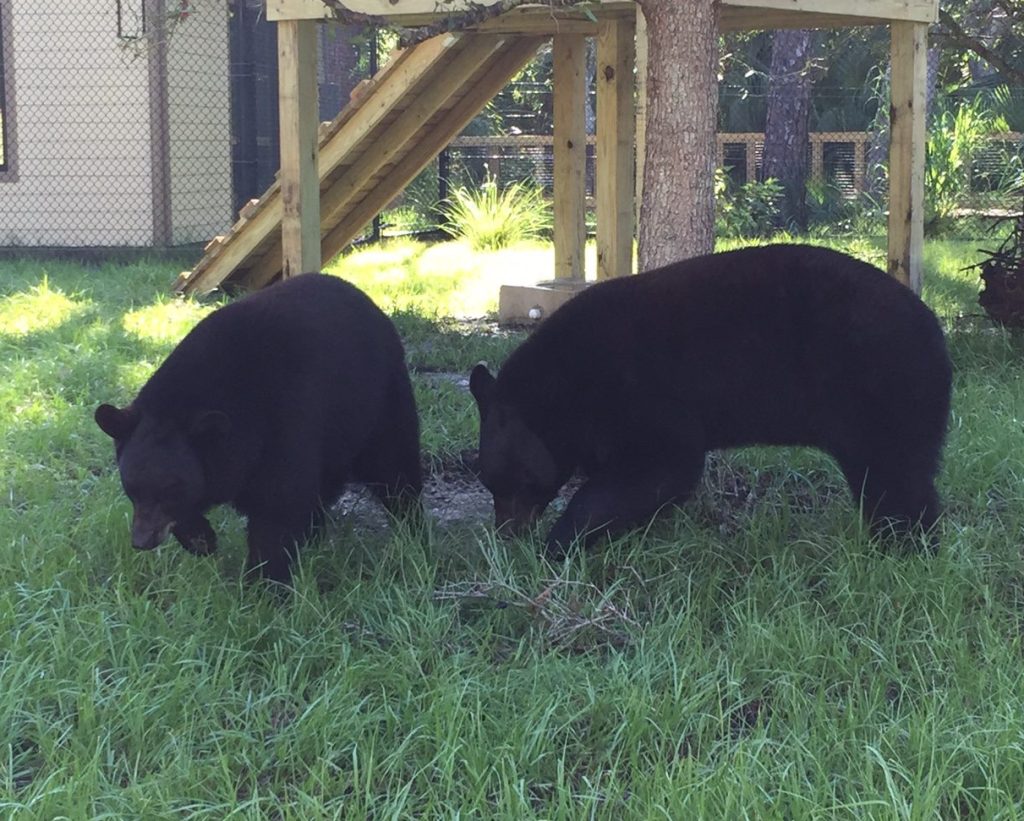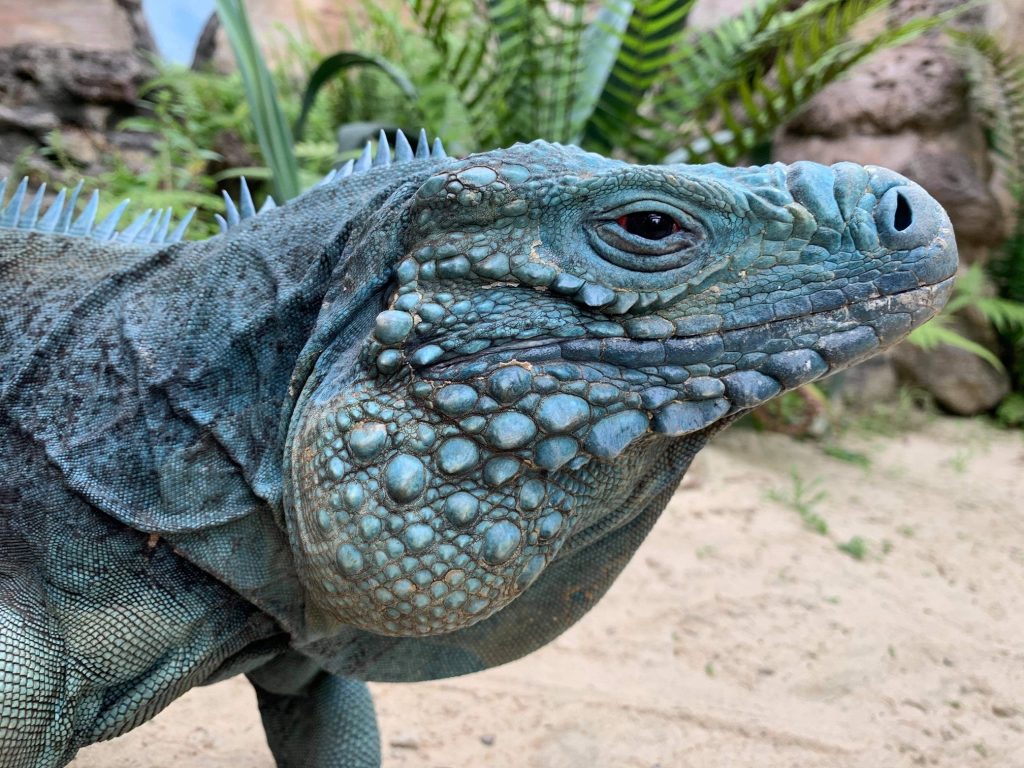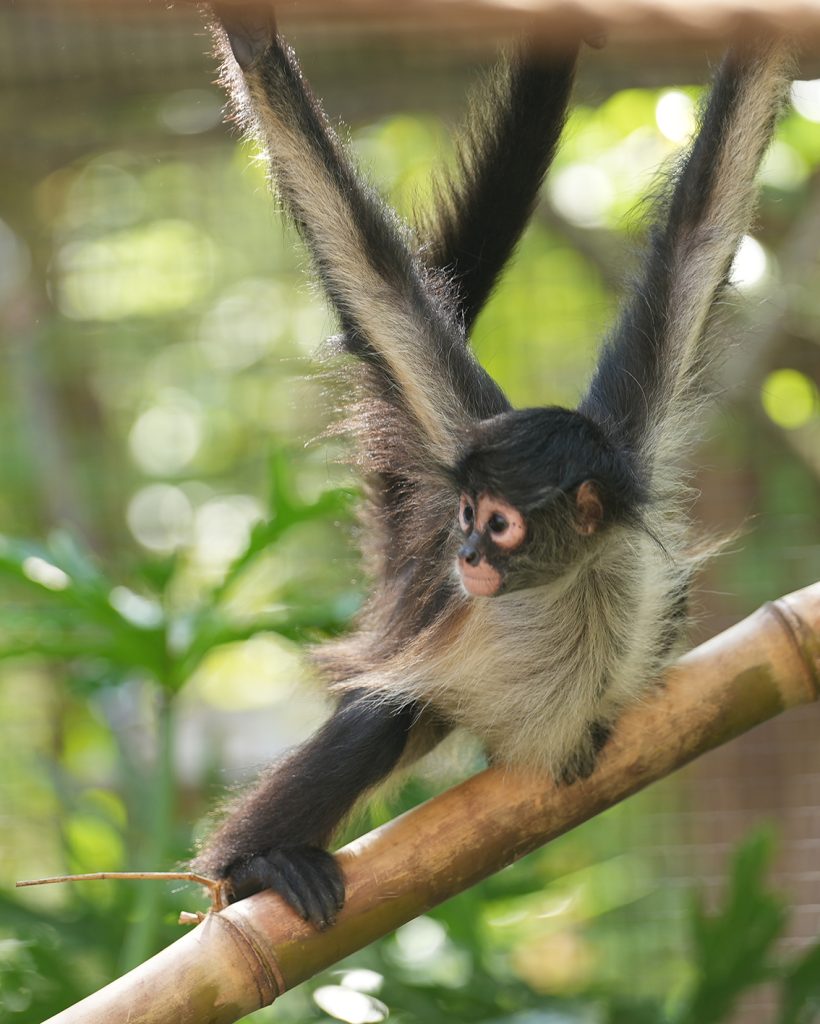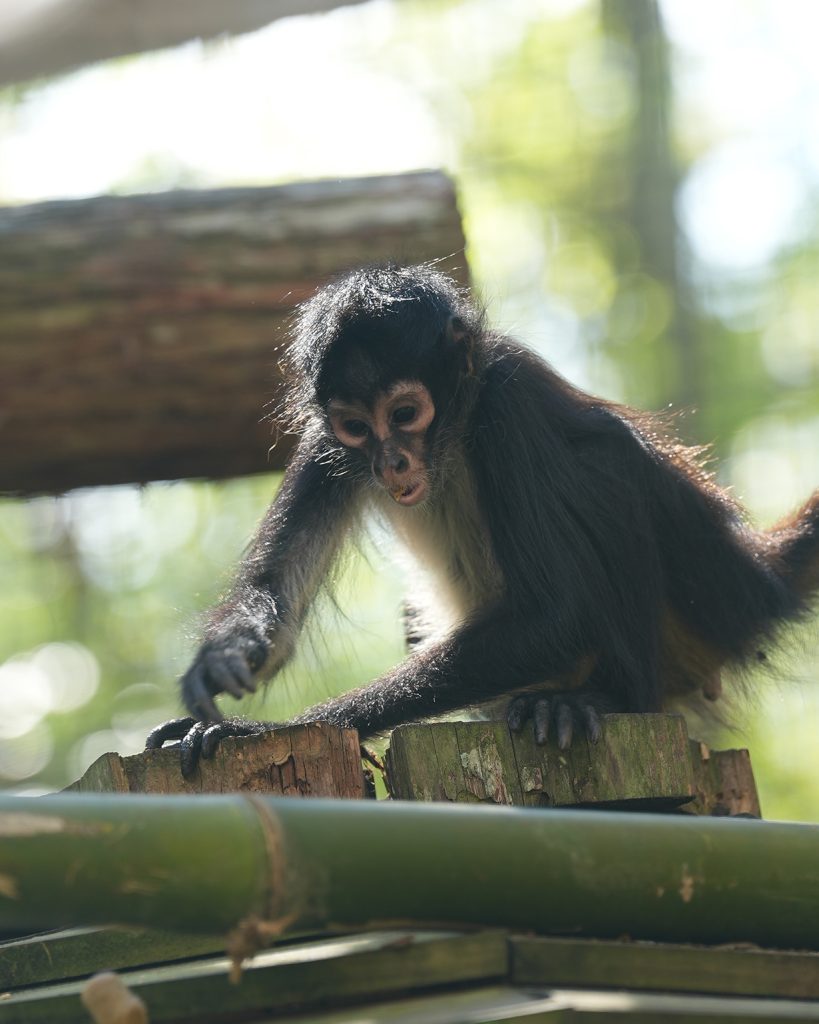When you visit us at the Central Florida Zoo & Botanical Gardens, you might see a playful otter doing twists and turns underwater, a silly llama enjoying some feed or a funny rhino splashing in his watering hole.
But while our animal residents are certainly fun to watch and learn about, you might also wonder how they became residents at our Sanford zoo. Often, the answer is more serious. In fact, many of our animal residents have amazing stories—and often they speak to the role of zoos in wildlife conservation and education.
Conservation is at the heart of our mission, which is to create connections that inspire people to take action for wildlife. At the Central Florida Zoo & Botanical Gardens, we are also accredited by the Association of Zoos & Aquariums (AZA). That means we vow to uphold the most stringent animal well being and business best practices in the industry. It also means we participate in industry goals that help preserve species and keep them healthy.
Many of the animals you see when you visit help us contribute to those important goals. Here are just a few examples of how the Central Florida Zoo contributes to animal conservation that we wanted to share with you.

If you’ve been to the Zoo before, you likely know Ella and Guignard, our two Florida black bears. These bear siblings are definitely among our fan-favorite animal residents, but they didn’t have the best start in life.
These siblings were born in the wild but were sadly illegally removed by humans. They were found living in a home right outside state lines and were brought to our Florida zoo by the Florida Fish and Wildlife Conservation Commission (FWC) when they were just eight months old.
Because the two were raised with human contact, they’ve unfortunately become too accustomed to it to be able to return to the wild. Their home remains at the Central Florida Zoo, where they do the important work of helping to educate those who live in communities where bears also live. They also serve as a reminder of the dangers of illegally keeping wild animals as pets.

Also known as the blue iguanas, Grand Cayman rock iguanas are an endangered species native to the Cayman Islands of their namesake. These iguanas were previously abundant, but in 2003, they were headed toward extinction with only 15 remaining in the wild. The reason? Human activity. Introduced invasive species (like rats, cats, dogs and pigs) began to prey on the iguanas, and habitat destruction and roadkill also contributed to the species loss.
Luckily, conservation leaders weren’t going to let that happen. Along with the government of the Cayman Islands, the AZA led an effort to start a captive breeding program with accredited Zoos, as well as to work to protect the wild population. Our Zoo participates in this Species Survival Plan (SSP). We currently house a breeding pair of blue iguanas who have produced several offspring. Two of their juvenile offspring also live with us at the Zoo.
When a population is heading for extinction, every new birth is vital. We’re very proud to be part of this plan to keep this species from extinction. You can see the results for yourself when you visit their enclosure, near the herpetarium.

If you think the names of our three juvenile Mexican spider monkeys ring a bell, you’re right. They were named after characters in A Series Of Unfortunate Events.
There is a dark truth behind seeing spider monkeys as household pets. To obtain and sell spider monkeys into the pet trade, wildlife traffickers must steal monkeys from their families as infants. Because spider monkeys will fight to protect their young, traffickers will kill the entire troop in order to successfully confiscate the babies.
As infants, Violet, Sunny, and Claus were kidnapped from their home in Central America and smuggled across the U.S./Mexico border illegally. Because experts determined the three monkeys are different ages, several troops were killed to obtain them.
These monkeys were successfully rescued and brought to the Central Florida Zoo & Botanical Gardens through a partnership with the U.S. government and Association of Zoos & Aquariums This is where they were introduced to Big Guy, a 41-year-old black-handed monkey and 15-time dad, who had the parental instincts these monkeys needed.

While these babies cannot be returned to the wild, and their story certainly illustrates the horrors of wildlife trafficking, there is a silver lining. They can now serve as founders in the AZA’s Species Survival Plan to bring new genetic lines to the AZA population of spider monkeys. That means they will play a vital part in the health and continuation of their species.
At the Central Florida Zoo, we want our guests to have fun. But we also want everyone who visits to walk away with a little more knowledge about animals and the importance of conservation. We are lucky to be a small part of the stories of some of these incredible animals who serve as examples of that, and we’re proud to continue our work in helping with wildlife education and conservation in Zoos.